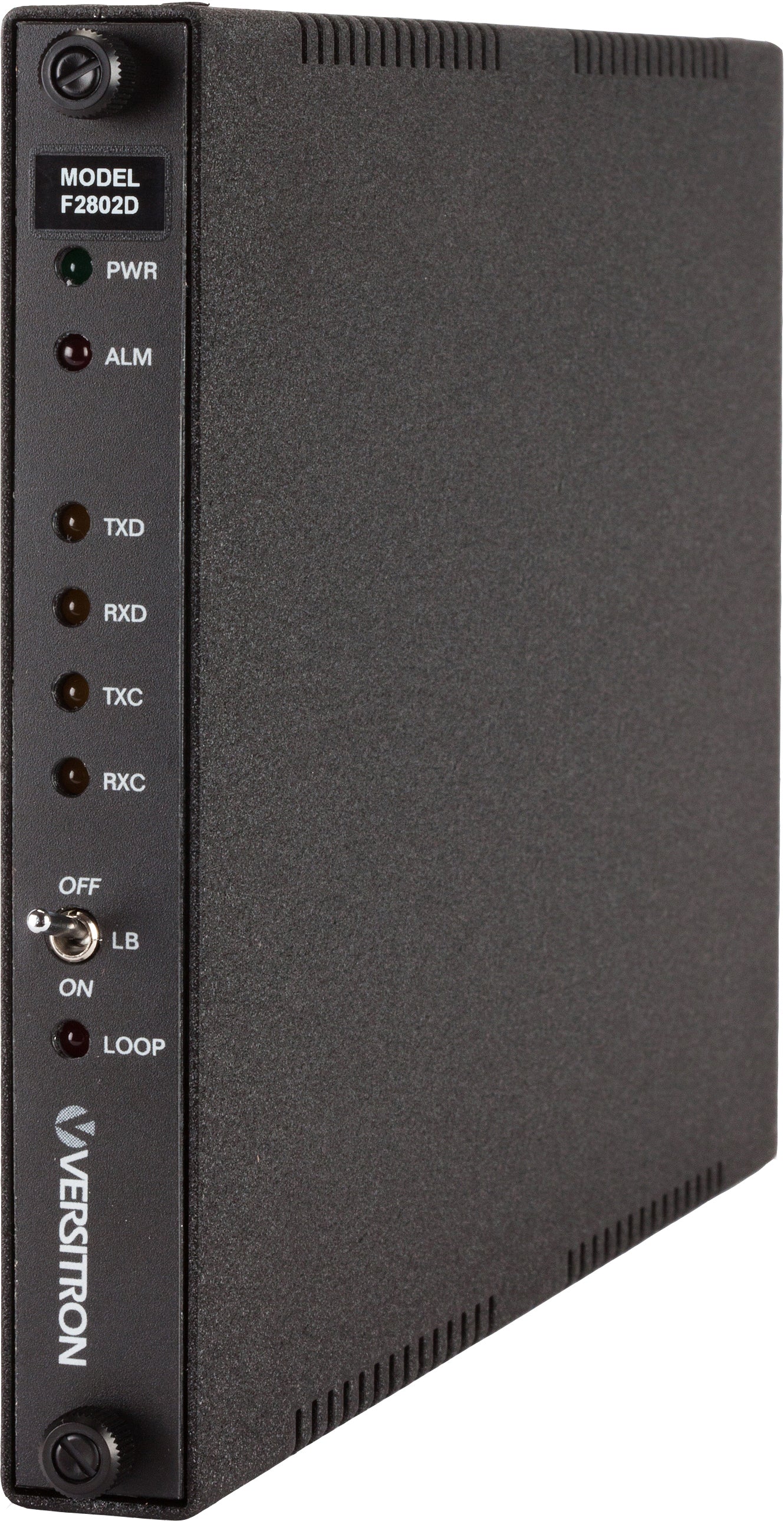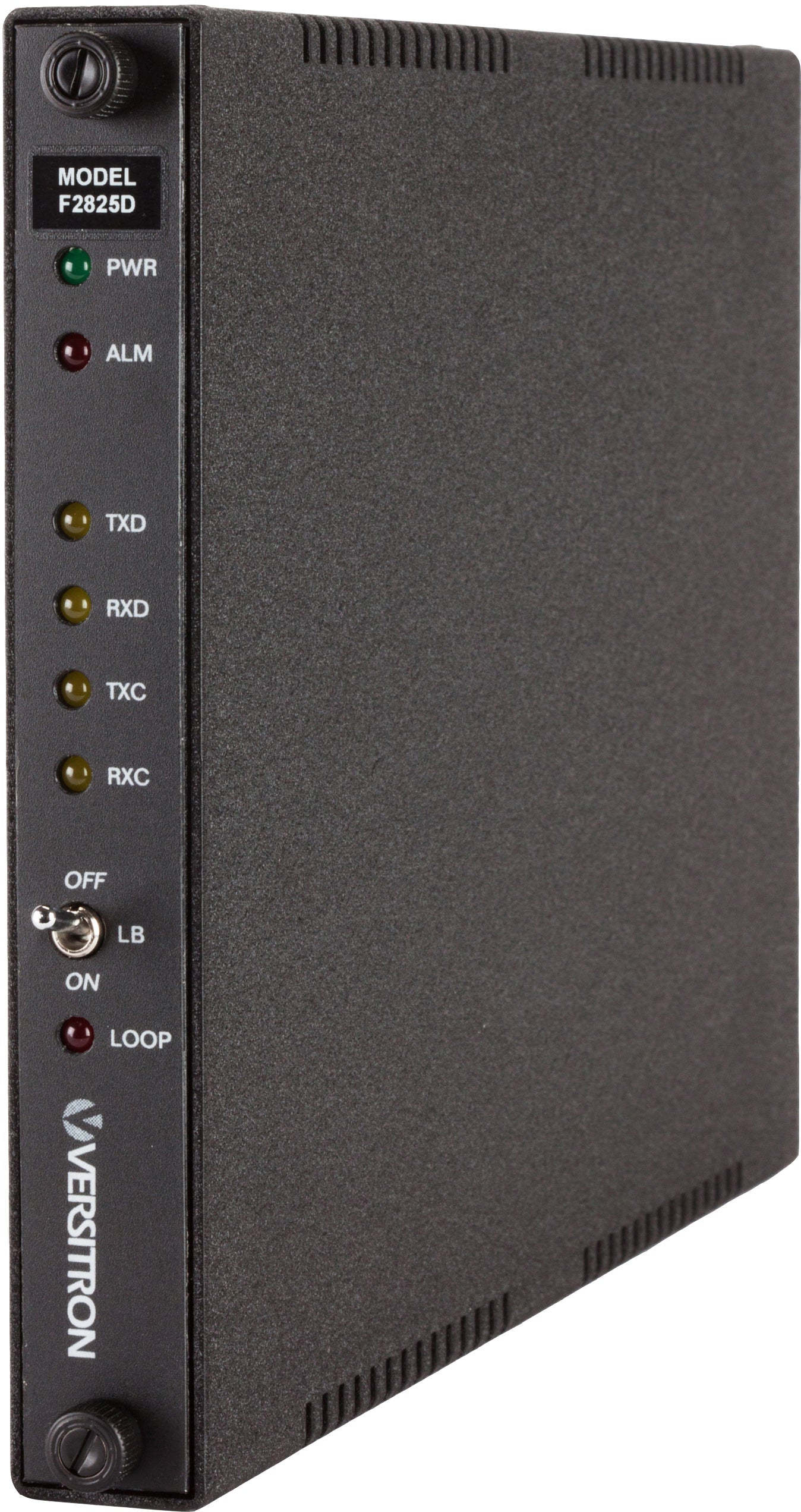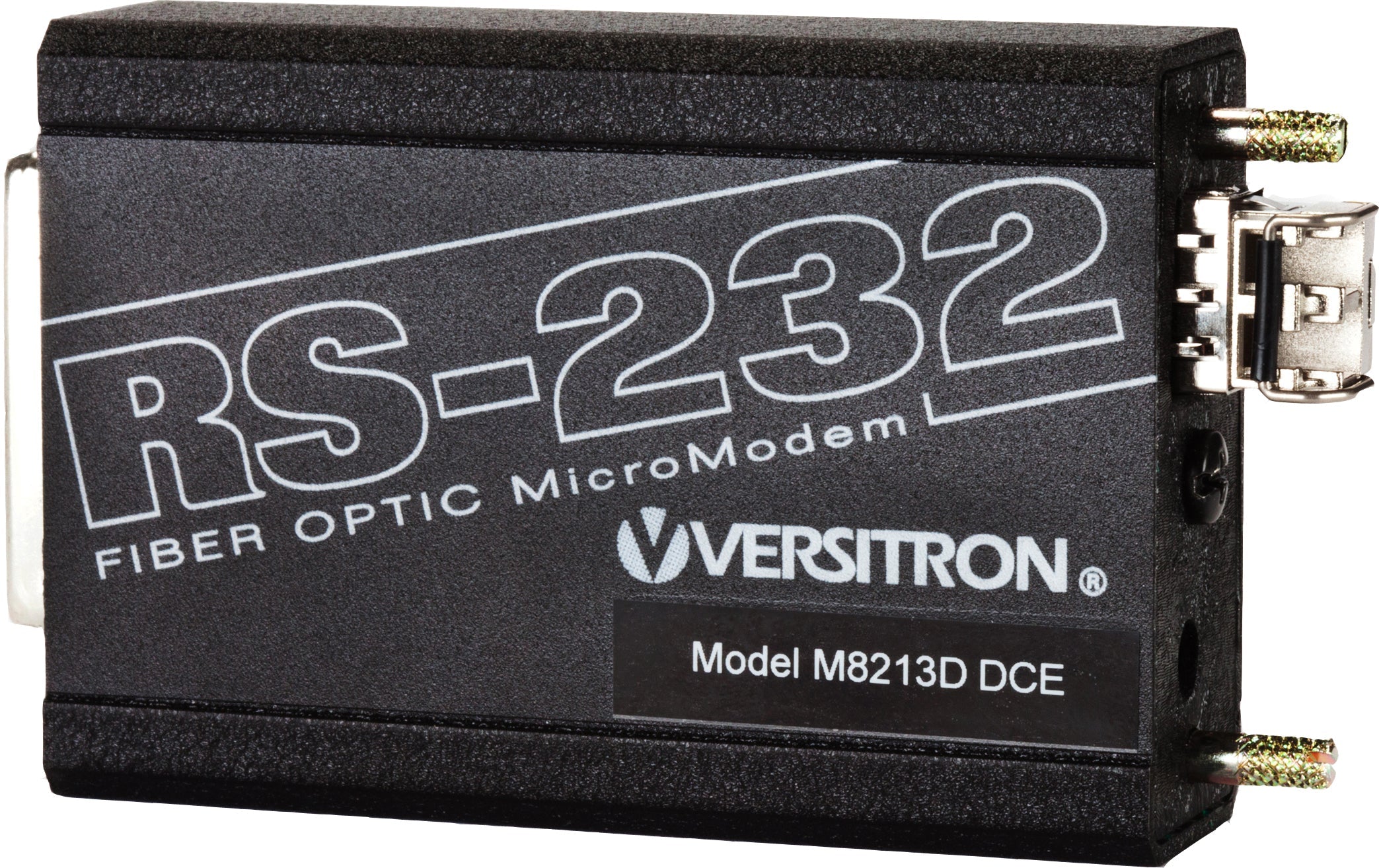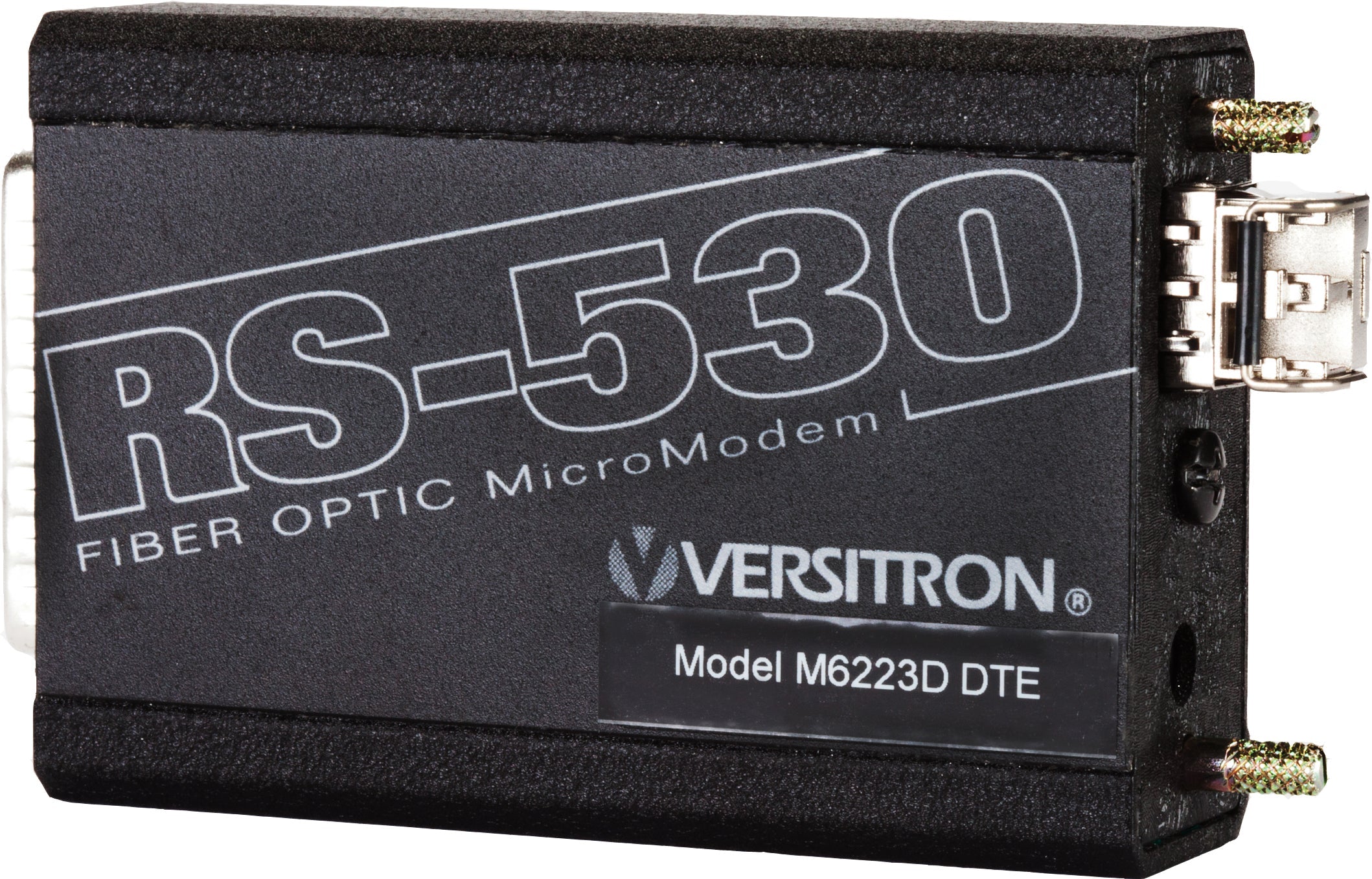The data between two computers is exchanged in either of the two transmission modes – serial or parallel. Although most of us use computers, laptops, and several network devices,we are largely unaware of these data transmission types.
These data transmission methods are similar and dissimilar in many ways. Comparing parallel and serial transmission: Parallel transmission uses multiple links to send data bits simultaneously, whereas serial transmission uses a single communication link to transfer data sequentially from one end to the other. This post introduces you to these types and also compares them to help you understand their differences.

What is Serial Data Transmission?
Serial data transmission is a method of transferring data one bit at a time over a single communication channel. This type of data transmission typically uses two lines - one for sending data (Tx) and another for receiving data (Rx). The communication protocols for some systems may also include synchronization signals as well as control signals.
Types of Serial Transmission
- Asynchronous Serial Transmission: With this technique, data is sent in an irregularly spaced format; with each character or byte preceded by a start bit and followed by a stop bit; this enables receivers to stay in sync with senders even when there are gaps between characters; generally used for low-speed data transmission such as between computers and modems.
- Synchronous Serial transmission: This form of data transmission, bits are sent in an uninterrupted stream with an accompanying clock signal that informs receivers when to expect them; typically used for high-speed applications like Ethernet networks.
What is Parallel Data Transmission?
Parallel data transmission is a method of sending multiple bits of information simultaneously across multiple wires or channels. Parallel transmission permits transmission of up to eight bits at once in half-duplex transmission mode; each wire or channel carries one bit at once for faster data transfer. Two modes of parallel data transmission exist: synchronous (in which data is transmitted at regular intervals) and asynchronous (where it occurs on demand).
Serial vs. Parallel Transmission: A Few Important Factors Compared
Is parallel communication effective or serial communication? The following pointers will help you make the decision.
- Speed: As said before, the parallel communication channel may comprise multiple electrical conductors at the physical layer to send eight bits or bytes. When compared with serial transmission at the same speed, the parallel transmission will be eight times faster.
- Disturbances: In serial transmission, multiple bits are simultaneously sent in one clock pulse, which produces noise and leaves scope for error. However, in serial transmission one bit is sent at a time, so there is no crowding and hence minimal chances of error and noise. This means electromagnetic interference is negligible or zero in case of serial transmission.
- Transmission Distance: Parallel communication may witness electromagnetic interference in long distance transmission, which is why they are used in short distance transmission. Against this, serial transmission is ideal for long distance data transmission. Most computer networks use serial communication.
- Converters: Serial transmission utilizes converters that enable data conversion from parallel to serial type, while parallel transmission requires no such data converters
- Transmission Modes: In parallel data communication, although eight bits can be sent at a time, it has a half-duplex transmission mode. This is because the data can be either sent or received at a time. However, in serial transmission, the sender can receive and send the data simultaneously. Thus, it has a full-duplex transmission mode.
- Affordability: Parallel communication has been used for integrated circuits as well as RAM and peripheral buses. However, serial communication is used in computer networks. By closely observing these examples, the integrity and complexity of different applications can be easily made out. On comparison, it can be rightly said that serial communication is cheaper compared to parallel communication.
- Complexity of Connections: A parallel connection may require several devices and cables, which adds to its complexity. Against this, a serial connection requires fewer cables for interconnection, and requires less space, too. Its small footprint enables better isolation of the system from its surroundings.
- Clock Skew: This is also known as timing skew, and it is a phenomenon in computers and other digital circuit systems where the same clock signal will report to different components with certain time differences. The difference between the clock readings is known as a skew. In parallel communication, the clock skew between different channels can be an issue, while in serial communication, this is not an issue.
- Cable Lengths: The serial communication cables are longer, thinner, and economical when compared to parallel communication cables, and they run to several kilometers.
Serial Vs Parallel Communication Summary:
|
Parameter |
Serial Data Transmission |
Parallel Data Transmission |
|
Speed |
Relatively slower; one bit sent at a time |
Eight times faster than serial transmission |
|
Disturbances |
Minimal electromagnetic interference due to one bit at a time |
Susceptible to noise and errors due to simultaneous transmission |
|
Transmission Distance |
Ideal for long-distance transmission |
Suitable for short-distance transmission due to interference |
|
Converters |
Requires converters for data conversion |
No need for data converters |
|
Transmission Modes |
Full-duplex transmission mode |
Half-duplex transmission mode |
|
Affordability |
Cheaper compared to parallel communication |
Costlier due to complexity and components |
|
Complexity of Connections |
Fewer cables and devices needed |
Requires multiple devices and cables |
|
Clock Skew |
Not an issue due to single channel transmission |
Clock skew can be problematic due to multiple channels |
|
Cable Lengths |
Longer, thinner, and economical cables |
Shorter and thicker cables |
Advantages of Parallel Data Transmission
- Faster data transfer: As multiple bits are sent simultaneously, parallel transmission is faster than serial.
- Simpler hardware: Parallel transmission requires less complex electronic components compared to serial.
Disadvantages of Parallel Data Transmission
- Limited distance: Parallel data transmission is limited by the wires or channels used to send it, which usually shortens it considerably when compared with serial transmission.
- Synchronization issues: For successful synchronous transmission, both sender and receiver must synchronize in terms of timing; this can be challenging to achieve and maintain, as transmissions that occur asynchronously may contain start/stop bits which add an unnecessary burden to transmission.
Advantages of Serial Data Transmission
- Longer distance : Serial data transmission can cover greater distances than parallel transmission due to using less wires or channels to send and receive signals.
- Lower cost: Serial data transmission requires less wiring or channels and simpler hardware, making it a more affordable alternative than parallel transmission.
Disadvantages of Serial Data Transmission
- Slower data transfer: As each bit is sent one at a time, serial transmission can take significantly more time to transfer large amounts of information than its parallel counterpart.
- Limited error detection and correction: Serial transmission can produce errors that require manual intervention to correct; there may be limited ability to detect and rectify these mistakes during transmission.
Understanding the differences between serial and parallel data transfer is important for optimizing network design and performance. Whether you need to support asynchronous serial data transmission in legacy systems or high-speed parallel data transfer in modern applications, choosing the right technology depends on your specific requirements.
Knowing the similarities and differences between serial communication and parallel communication may not serve the purpose. For quality devices that enable seamless data conversion, Versitron offers serial to fiber converters which serve as converters for serial RS-422, RS-485, RS-232, RS-530, and V.35 protocols. These modems can support a multidrop, a redundant ring, and a point-to-point link. Versitron also provides related hardware that ensure efficient integration of both transmission methods.
For further technical consultation or to explore our range of high-performance networking products, Contact Us today.





